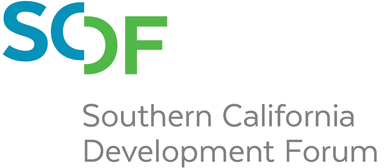Great Minds Make Great Places.
|
- Home
- Events
- Event Blog
- The Future of Education: Where is it headed?
Main links | Other links | 437 S. Cataract Ave |
Managed by Co-Pilots
Great Minds Make Great Places.
|
Main links | Other links | 437 S. Cataract Ave |
Managed by Co-Pilots
